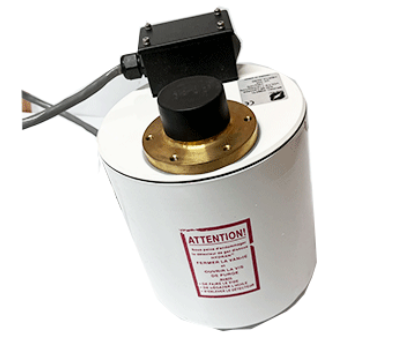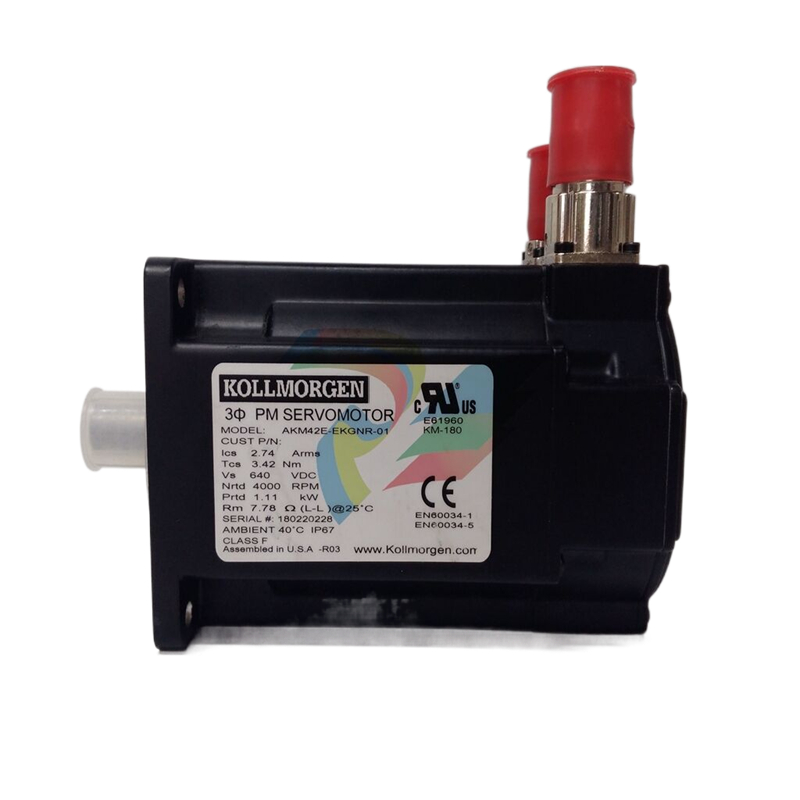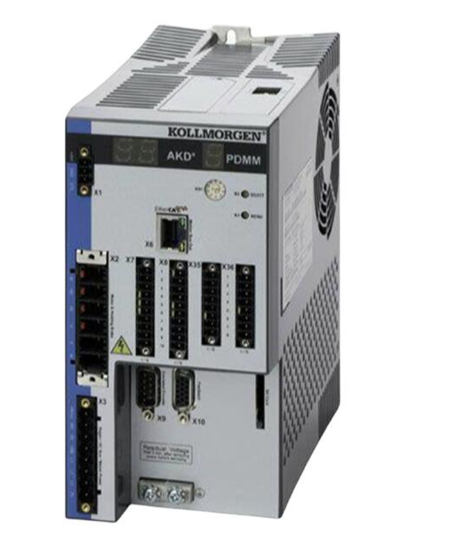The construction of basic industries and infrastructure has played an important role
Through 60 years of large-scale investment and construction, the production capacity and level of China's basic industries and infrastructure have been greatly improved, providing strong support for the development of the national economy and the improvement of people's living standards. The production capacity of basic industries and the level of infrastructure services, which used to be the "bottleneck" of the national economy, have been greatly improved, the outlook of urban and rural areas has been greatly improved, the quality of life of the people has been significantly improved, the foundation of economic operation has been firmer, and the potential for economic development has been continuously enhanced.
1. The construction of farmland water conservancy has been strengthened, and the position of agriculture as the foundation has been consolidated
China is the world's most populous country, with less than 7% of the world's land to feed 1/5 of the world's population. In order to ensure the steady growth of grain output, the state continues to strengthen investment in agricultural infrastructure, and the basic position of agriculture has been strengthened.

From 1954 to 2008, the total investment in agriculture, forestry, animal husbandry, fisheries and water resources was 2,053.1 billion yuan, with an average annual increase of 10.6 percent. These investments are mainly used for agricultural infrastructure, commodity grain and cotton production bases and shelterbelt projects. Through 60 years of large-scale construction, China's agriculture, forestry, animal husbandry, fishing and water resources infrastructure conditions have been greatly improved, and the ability to prevent flood, waterlogging and withstand natural disasters has been significantly enhanced. By the end of 2008, China had 86,353 reservoirs with a total storage capacity of 692.4 billion cubic meters, an increase of 2,966 and 226.4 billion cubic meters over 1990, respectively. The length of levees increased by 67,000 kilometers, and the area protected by levees increased by 13.71 million hectares. A total of 1,051 irrigated areas were built, increasing the effective irrigated area by 8.21 million hectares. In 2008, the country's effective irrigated area was 58.47 million hectares, 2.9 times that of 1952. China's grain output reached 528.71 million tons, 4.7 times that of 1949. 7.49 million tons of cotton, 16.9 times that of 1949; Oil was 29.53 million tons, 11.5 times that of 1949. Sugar was 134.2 million tons, 47.4 times that of 1949.
Steady progress has been made in the construction of the three water transfer routes of the east, middle and west routes of the South-to-North Water Diversion Project, with a total planned scale of 44.8 billion cubic meters of water. When completed, the three routes, together with the Yangtze River, Yellow River, Huaihe River and Haihe River, will form an overall layout of "four horizontal and three vertical", and realize the goal of allocating water resources from the north to the south and the east to the west.
(2) The production capacity of the energy industry has been greatly improved, and its role in ensuring the basic development of the national economy has been significantly enhanced
From 1954 to 2008, the total investment in the energy industry reached 10,094.5 billion yuan, with an average annual growth rate of 14.7 percent. Power investment grew by an average of 15.8% a year. Through large-scale investment, China's energy supply capacity has been rapidly enhanced.
In 2008, the output of raw coal reached 2.788 billion tons, 87.1 times that of 1949. Established in 1995, Shenhua Group has become the world's largest coal producer.
In 2008, the output of crude oil was 190 million tons, 1,583 times that of 1949. Natural gas production was 78.9 billion cubic meters, 11,276 times that of 1949. The offshore oil industry, which started in the 1950s, achieved rapid development with the establishment of China National Offshore Oil Corporation in 1982, and the output of offshore oil and gas rose rapidly from 90,000 tons in 1982 to 42.93 million tons of oil equivalent in 2008.
In 2008, electricity production reached 3,466.9 billion kilowatt-hours, 806 times that of 1949. By the end of 2008, the installed power generation capacity had reached 792.73 million kW, 13.5 times that of 1978. Among them, thermal power was 602.86 million kilowatts and hydropower 172.6 million kilowatts, 15.1 times and 10 times that of 1978, respectively. Since the construction of the first nuclear power plant - Qinshan nuclear Power Plant began in 1985, China's nuclear power has grown from scratch to 2008, and has formed 8.85 million kilowatts of installed power generation capacity. Wind power generation ushered in the peak of development, in 2008 installed capacity of 8.39 million kilowatts.
At the same time, progress in energy technology has been accelerating, reaching world advanced levels in petroleum exploration and development, hydropower construction, and comprehensive mechanized coal mining. Progress was made in energy conservation and environmental protection. In 2008, the country shut down a total of 16.69 million kilowatts of small thermal power, exceeding the annual plan target.
In 2008, China's total energy production reached 2.6 billion tons of standard coal, and energy consumption reached 2.85 billion tons of standard coal, 110 times and 53 times of 1949, respectively. Between 1979 and 2008, energy production grew at an average annual rate of 4.9 percent, supporting rapid annual GDP growth.
3. Transport development has made rapid progress, and a comprehensive transport network consisting of railways, highways, civil aviation, water transport and pipelines has reached all directions

Since the founding of the People's Republic of China, our country's transportation construction has made brilliant achievements, which has given strong support to the rapid development of economic society. From 1954 to 2008, the total investment in China's transport industry was 8,998.8 billion yuan, with an average annual growth rate of 13.4 percent, and the level of transport infrastructure was significantly improved.
The operating length of railways increased from 21,800 km in 1949 to nearly 79,700 km in 2008. Nearly half of these new miles are operating miles of electrified railways using advanced technology and equipment. In 1962, China's national railway electrification mileage was only 100 kilometers, and in 2008, it reached 25,000 kilometers. The Shanghai Maglev and Guangzhou-Shenzhen high-speed Railway projects have been completed. On the eve of the opening of the Beijing Olympic Games, the Beijing-Tianjin high-speed Railway passenger dedicated line with a speed of 350 kilometers per hour was officially opened to traffic, and the Beijing-Shanghai high-speed railway began construction and proceeded smoothly.
In 2008, the length of highways increased from 80,000 km in 1949 to 3.73 million km (including rural roads), of which expressways increased from 0.01 km in 1988 to 60,300 km, an increase of 602 times. The "five vertical and seven horizontal" national highway main trunk line has been initially formed, the highway grade has been significantly improved, and the road condition has been significantly improved, which has driven the development of the automobile industry. By the end of 2008, China's private car ownership was 35.01 million, while in 1985 it was only 284,900, an increase of 189 times.
Civil aviation has made great progress. By the end of 2008, China had 152 airports for civil flights, 70 more than in 1985. 1,532 air routes, an increase of 1,095 over 1990; The length of civil air transport routes is 2.46 million kilometers, 216 times that of 1949.
Great progress has also been made in the construction of water transport and pipeline transport. In 2008, the cargo throughput of coastal ports above designated size reached 4.296 billion tons, 19.8 times that of 1980. The mileage of pipeline oil (gas) is 58,300 kilometers, 292 times that of 1958. Shanghai port has become the world's largest port, with an annual throughput of nearly 500 million tons.
(4) Basic information communication and postal networks are developing rapidly, and the scale and number of users of information networks rank first in the world
Since the founding of the People's Republic of China, especially after the Tenth Five-Year Plan, China's information communication and postal industry has achieved leapfrog development and become the pillar and pilot industry of the national economy. From 1979 to 2008, China's postal and telecommunications industries invested a total of 2,253.5 billion yuan, with an average annual growth rate of 26.7 percent. A number of key national information construction projects such as "golden card", "Golden tax", "Golden customs" and "Golden Shield" were built, and a national information and communication infrastructure network covering the whole country and connecting the world with advanced technology and comprehensive services was built. The network scale and the number of users are ranked first in the world, and the development speed is also among the best in the world. Postal services are complete and widely distributed. The number of fixed-line telephone users soared from 220,000 in 1949 to 340.36 million in 2008, an increase of 1,561 times. The number of mobile phones went from zero to 640 million at the end of 2008. From 1949 to 2008, the total volume of posts and telecommunications services increased from 150 million yuan to 2,365 billion yuan, an increase of 15,765 times. The total length of postal routes and rural delivery routes increased from 706,000 kilometers to 7.35 million kilometers, an increase of 9.4 times.
(5) Facilities for environmental management and protection, urban public transportation, afforestation, sewage treatment, water supply and gas supply have significantly improved
Environmental and public facilities management industry is closely related to People's Daily production and life, and is an important aspect of building a well-off society in an all-round way and constructing a harmonious socialist society. The state has always attached great importance to the construction of environmental and public facilities management and service systems. From 1979 to 2008, China's environmental and public facilities management industry completed a total investment of 4,856.7 billion yuan, with an average annual growth rate of 31.5%, which is the fastest growing industry in basic industries and infrastructure.
By the end of 2008, the number of urban public bus (electric) operating vehicles was 367,000, 160 times that of 1949. The number of public transport vehicles per 10,000 people was 11.1, an increase of 8.9 over 1990. 260,000 kilometers of urban roads, 8.6 times that of 1980. Urban road area reached 4.52 billion square meters, or 12.2 square meters per capita; The total area of urban green space was 1.747 million hectares, 20.4 times that of 1980, and the per capita green space reached 9.7 square meters, 6.5 times that of 1981.

Since the founding of the People's Republic of China, China's water supply and gas, sewage treatment and other infrastructure has undergone earth-shaking changes, and the security capacity has been greatly enhanced. In 2008, the total supply of water to cities was 50 billion cubic meters, 160 times that of 1949, with access to water reaching 94.7 percent, 41 percentage points higher than in 1981. The length of urban gas supply pipeline is 258,000 kilometers, 46 times that of 1980, and the penetration rate of gas use has reached 89.6%, while in 1981 it was only 11.6%.
6. Education, culture, health and sports developed vigorously
Education, culture, health and sports are important public welfare undertakings, which concern the vital interests of the people and are important manifestations of social civilization and progress. Since the founding of the People's Republic of China, the state has continuously increased its investment in education, culture, health and sports infrastructure. From 1954 to 2008, the total investment in education, culture, health and sports has reached 2,893.8 billion yuan, with an average annual growth rate of 11.4%, and the level of industrial infrastructure has been significantly improved.
Education and culture: By the end of 2008, China had 2,263 institutions of higher learning, 2,058 more than in 1949; There were 1,640 special education schools, an increase of 1,576 over 1953. There were 2,820 public libraries, 1,602 more than in 1978; The number of museums is 1,893, an increase of 1,544 over 1978.
Health: By the end of 2008, China had 278,000 health institutions, 76 times the number in 1949; The number of beds in health institutions was 4.04 million, 48 times that of 1949. 3,534 Centers for Disease Control and Prevention, 58 times the number in 1950; There were 3,011 maternity and child health care hospitals, 335 times the number in 1949. There were 228 medical research institutes, nine more than in 1978.
Sports: In 2004, China had 850,080 sports venues of various types, with an average of 6.58 sports venues per 10,000 people, an increase of 1.58 over 1995; The per capita area of sports venues is 1.03 square meters, an increase of 0.38 square meters over 1995.
Since the founding of the People's Republic of China, China's investment in basic industries and infrastructure construction has increased substantially, a large number of projects have been completed and put into operation, basic industries have developed rapidly, and infrastructure has been continuously improved, ensuring the rapid development of the national economy. In the new historical period, the sustainable development of the economy and society will put forward higher requirements for the construction of energy, basic raw materials and urban infrastructure, and the task of investment and construction of basic industries and infrastructure is still arduous. China's basic industries and infrastructure construction should adhere to the policy of sound and rapid development under the guidance of the scientific concept of development to provide a more solid foundation for national economic development and the improvement of people's living standards.
- EMERSON
- Honeywell
- CTI
- Rolls-Royce
- General Electric
- Woodward
- Yaskawa
- xYCOM
- Motorola
- Siemens
- Rockwell
- ABB
- B&R
- HIMA
- Construction site
- electricity
- Automobile market
- PLC
- DCS
- Motor drivers
- VSD
- Implications
- cement
- CO2
- CEM
- methane
- Artificial intelligence
- Titanic
- Solar energy
- Hydrogen fuel cell
- Hydrogen and fuel cells
- Hydrogen and oxygen fuel cells
- tyre
- Chemical fiber
- dynamo
- corpuscle
- Pulp and paper
- printing
- fossil
- FANUC
- Food and beverage
- Life science
- Sewage treatment
- Personal care
- electricity
- boats
- infrastructure
- Automobile industry
- metallurgy
- Nuclear power generation
- Geothermal power generation
- Water and wastewater
- Infrastructure construction
- Mine hazard
- steel
- papermaking
- Natural gas industry
- Infrastructure construction
- Power and energy
- Rubber and plastic
- Renewable energy
- pharmacy
- mining
- Plastic industry
- Schneider
- Kongsberg
- NI
- Wind energy
- International petroleum
- International new energy network
- gas
- WATLOW
- ProSoft
- SEW
- wind
- ADVANCED
- Reliance
- YOKOGAWA
- TRICONEX
- FOXBORO
- METSO
- MAN
- Advantest
- ADVANCED
- ALSTOM
- Control Wave
- AB
- AMAT
- STUDER
- KONGSBERG
- MOTOROLA
- DANAHER MOTION
- Bently
- Galil
- EATON
- MOLEX
- Triconex
- DEIF
- B&W
- ZYGO
- Aerotech
- DANFOSS
- KOLLMORGEN
- Beijer
- Endress+Hauser
- MOOG


Email:wang@kongjiangauto.com
























































































